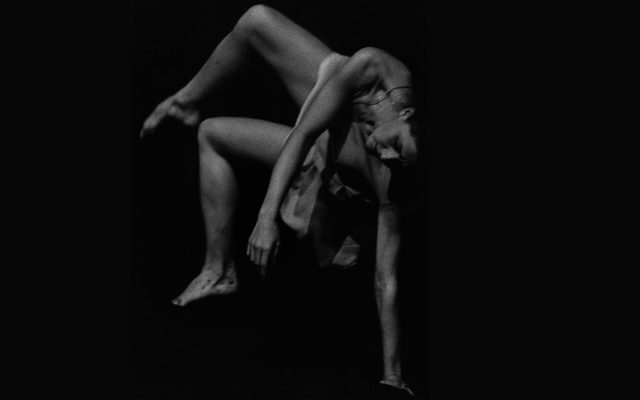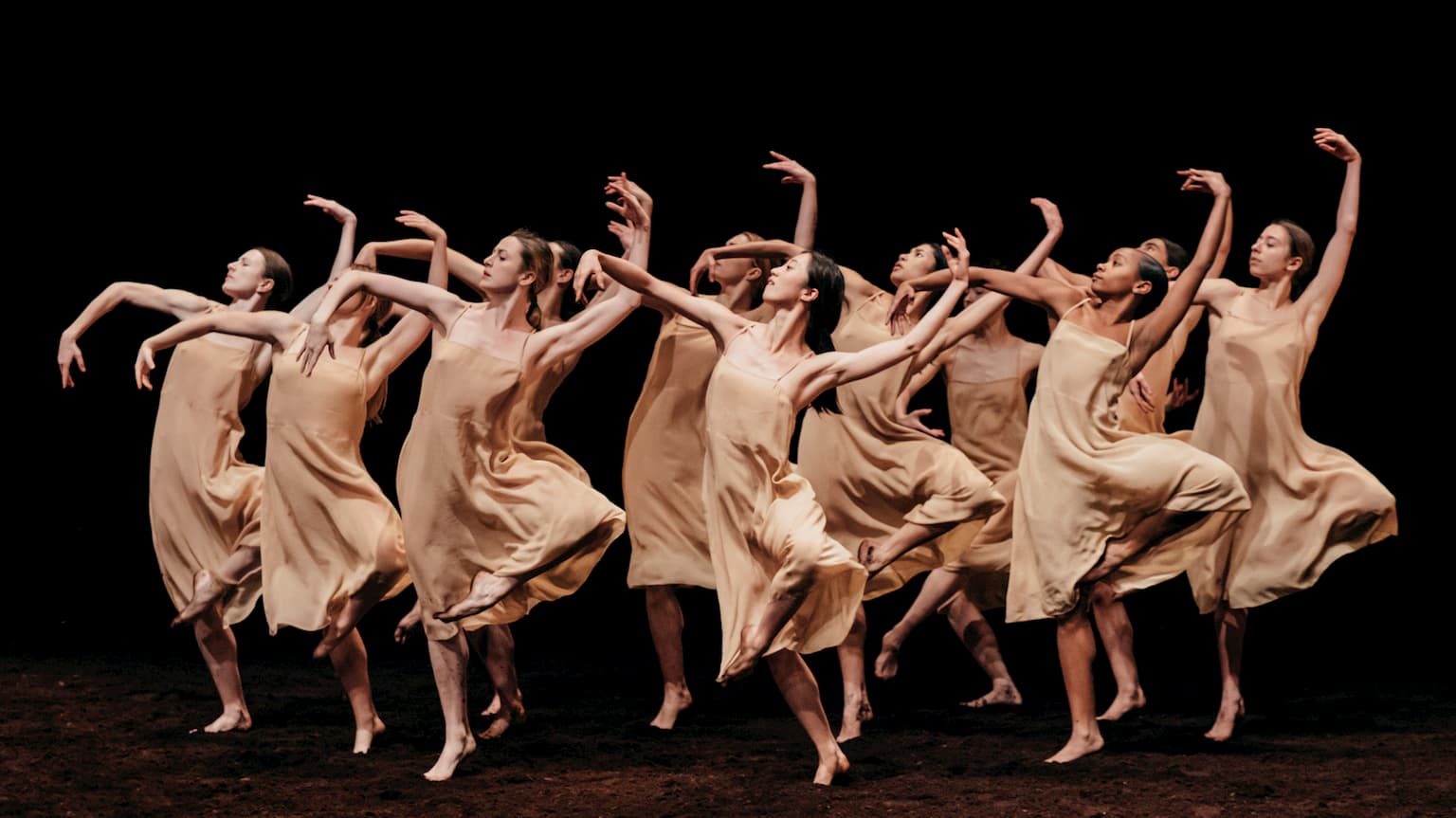- Ballet
- Interview
- Season 25/26
'Pina wanted to show feminine power above all'
by by Koen Bollen, Wed, May 7, 2025

Le Sacre du printemps by Pina Bausch forms the final part of Rites, the triptych in which choreographies to Ravel's Boléro and La Valse are also presented. Barbara Kaufmann worked closely with Pina Bausch as a dancer and now teaches the iconic choreography to our dancers. 'The movement itself tells you what to feel.'
It is 50 years ago that Pina Bausch created Le Sacre du printemps in Wuppertal, in 1975. It's extraordinary that it is still performed unchanged and yet feels so contemporary.
Absolutely. Pina touched upon the essence of existence with her choreographies. Some works of art are trend-sensitive and tied to a certain period, but her Sacre transcends that. She was never concerned with a specific style or aesthetic, but with creating her own movement language that originates from within and tells something essential.
I read that Le Sacre was a turning point in her oeuvre, the transition from more dance performances to her later well-known Tanztheater.
During the creation process of those later dance theatre performances, she asked the dancers personal questions. She created her performances from their answers, which consisted of dance movements, texts, stories, etc. I'm not sure whether she worked like that for her earlier pieces, because I was not yet with the company myself. I do know that she always created in close collaboration with the dancers. Pina always talked to us about the music first and she asked for our ideas when developing movements – although many of them came directly from her.
For Le Sacre she observed a lot. The direct, intuitive reaction to the music was her starting point. Before she started working with the whole group in the large studio, she sometimes choreographed solos in small spaces such as her office. She did this, for example, with Marlis Alt, the dancer who created the role of the sacrifice, and Jan Minařík, the main male role in Le Sacre.

The earth that covers the dance floor is a substantial part of the work. Was it there from the beginning of the rehearsals?
Yes, according to stories it was already there during the first rehearsals in the Lichtburg (Pina Bausch's rehearsal studio in an old cinema, ed.). It was a shocking and intense experience for the dancers. It felt like a revolution to them.
Was the ultimate performance also such a shock to the audience in Wuppertal?
At the very beginning of Pina's directorship in Wuppertal in the early 1970s, people sometimes walked out of the hall because they had expected something completely different. But I have never heard of Le Sacre being rejected. The work was always positively received, as an overwhelming piece.
Vaslav Nijinsky's original choreography of Le Sacre du printemps in 1913 strongly referred to Russian rituals and had a somewhat folkloric feel.
That's right, and Pina Bausch did exactly the opposite and brought out a strong human side of Stravinsky's music. Her version is not about specific social roles, as in Nijinsky's choreography. She reduced everything to the male on the one hand and the female on the other. She stripped the story down to its core: a community, the choice of a chosen one and the sacrifice of an individual for the benefit of the group
'When you surrender to the music and the movement, it gives you enormous power as a dancer. That's an intense experience, also for the audience.'
The choice of that sacrifice, a young woman, is a poignant moment in the performance.
Female suffering is very visible in many of Pina Bausch's works, but she especially wanted to show female power. She wanted to let the female voices resound, although she never spoke about it explicitly. The sacrifice is chosen from the group of women. Yet there is one man who accepts the choice of the 'chosen one' and thus also takes responsibility. The sacrifice first resists her impending death. Then comes a moment of acceptance, which gives her strength again. Pina shows this as a reality, without saying whether it is good or bad. For the spectator too, the power of the performance lies in the possibility not to judge, but simply to observe what it does to you. That makes the work timeless and relevant.
How do you translate all this to a group of dancers who are performing the work today and who never knew Pina Bausch?
The humanity that is inherent in Bausch's work is crucial when teaching the new dancers. That is a constant search and it's not only verbal but also physical. The movement itself tells you what to feel. There has to be a balance between learning the precise details of each movement and the space the dancers have to make the piece their own. It's essentially a dialogue and it's about breaking habits. From the first note that sounds, music and movement work together to lead you into another world. When you surrender to the music and the movement, it gives you enormous power as a dancer. That's an intense experience, also for the audience.
